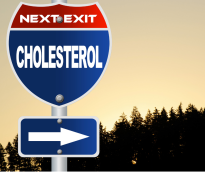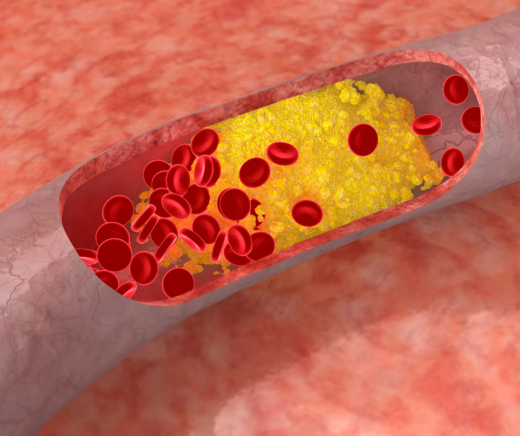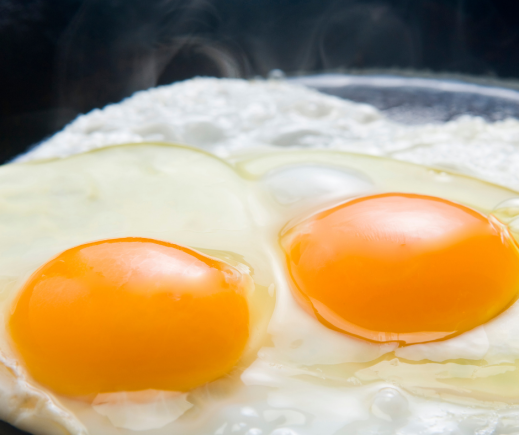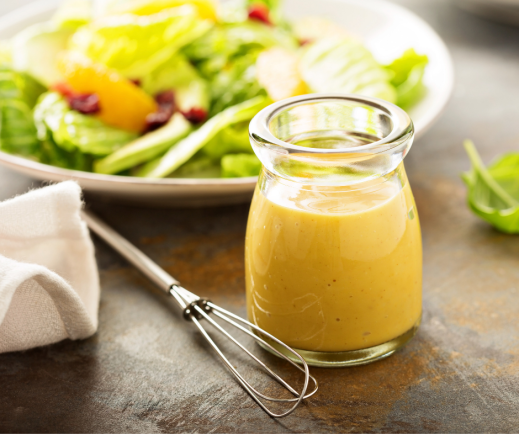
Do you love your breakfast? Do you have a short list of “go-to” recipes? Do you need a bit of inspiration to start eating breakfast again?
Getting some protein at each meal can help with blood sugar management, metabolism and weight loss. This is because protein helps you feel fuller longer and uses up a bunch of calories to absorb and metabolize it. So I’m going to show you how to get the protein, as well as some veggies and healthy fats for your soon-to-be favorite new “go-to” breakfasts.
Breakfast Food #1: Eggs
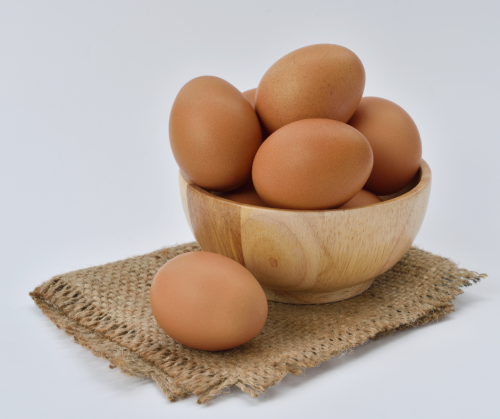
Yes, eggs are the “quintessential” breakfast food. And for good reason!
No, I’m not talking about processed egg whites in a carton. I mean actual whole “eggs”.
Egg whites are mostly protein while the yolks are the real nutritional powerhouses. Those yolks contain vitamins, minerals, antioxidants, and healthy fats.
Eggs have been shown to help you feel full, keep you feeling fuller longer, and help to stabilize blood sugar and insulin.
Not to mention how easy it is to boil a bunch of eggs and keep them in the fridge for a “grab and go” breakfast when you’re running short on time.
And…nope the cholesterol in eggs is not associated with an increased risk of arterial or heart diseases.
One thing to consider is to try to prevent cooking the yolks at too high of a temperature because that can cause some of the cholesterol to become oxidized. It’s the oxidized cholesterol that’s heart unhealthy.
Eggs from organic pasture raised poultry are higher in vitamins A, D & E and omega 3’s and are worth the extra $.
Tip: Use your Instant Pot for quick & easy hard boiled eggs and bonus! they are easier to peel!
Breakfast Food #2: Nuts and/or Seeds
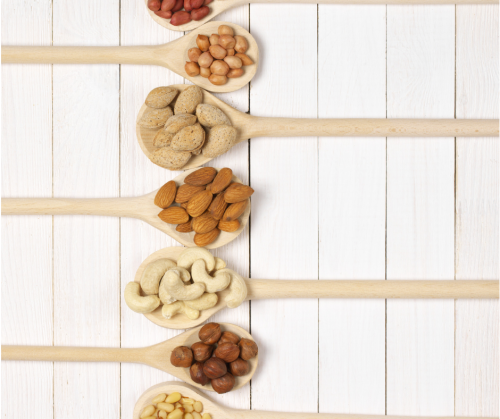
Nuts and seeds contain protein, healthy fats, vitamins, minerals, and fiber. Nuts and/or seeds would make a great contribution to breakfast.
You won’t be fooled by “candied” nuts, sweetened nut/seed butters, or chia “cereals” with added sugars – you know I’m talking about the real, whole, unsweetened food here.
Nuts and seeds are also the ultimate fast food if you’re running late in the mornings. Grab a small handful of almonds, walnuts, or pumpkin seeds as you’re running out the door; you can nosh on them while you’re commuting. (In an ideal world we are sitting down at the table, relaxed with no distractions for optimal digestion, wink wink)!
Not to mention how easy it is to add a spoonful of nut/seed butter into your morning breakfast smoothie.
Hint: If you like a creamy latte in the mornings try making one with nut or seed butter. Just add your regular hot tea and a tablespoon or two of a creamy nut or seed butter into your blender & blend until frothy.
Choose raw (organic even better) or dry roasted nuts & seeds (most nuts & seeds are roasted in unhealthy oils). For enhanced nutrient absorption and digestibility look for sprouted nuts & seeds or sprout them at home.
Breakfast Food #3: Veggies
Yes, you already know you really should get protein at every meal including breakfast; but this also applies to veggies. You know I would be remiss to not recommend veggies at every meal, right?
Veggies are powerhouses of vitamins, minerals, antioxidants, phytochemicals, fiber, and water. You can’t go wrong adding them into every single meal of the day so if you don’t already you should definitely try them for breakfast!
And no, you don’t need to have a salad or roasted veggies for breakfast if you don’t want to but you totally can! You wouldn’t be breaking any “official” breakfast rules or anything like that. You can think dinner for breakfast – it’s ok!
Adding some protein to leftover veggies is a great combination for any meal. Including breakfast.
I’ve included a delicious recipe below for you to try (and customize) for your next breakfast:
Recipe (Eggs & Veggies): Veggie Omelet
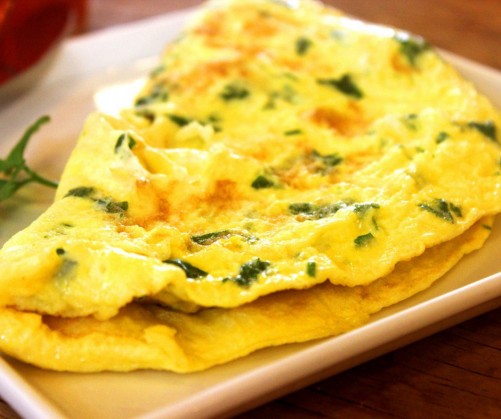
Serves 1
1 teaspoon oil (coconut, butter, ghee, avocado)
1 or 2 eggs (how hungry are you?)
¼ cup organic veggies (grated zucchini and/or sliced mushrooms and/or diced peppers, onions)
dash salt, pepper and/or turmeric
Add oil of choice to a frying pan and melt on low-medium heat (cast-iron pans are preferred).
In the meantime grab a bowl and beat the egg(s) with your vegetables of choice and the spices.
Tilt pan to ensure the bottom is covered with the melted oil (add more oil if needed) Pour egg mixture into pan and lightly fry the eggs without stirring.
When the bottom is lightly done flip over on one side and cook until white is no longer runny.
Serve & Enjoy!
Tip: Substitute grated, sliced, or diced portion of your favorite vegetable. Try grated carrots, chopped broccoli or diced tomato. Garnish with avocado or smoked salmon for a tasty healthy fat/protein boost.
Always in health,
Cynthia
P.S. Connect with me:
Join my weekly newsletter for health & wellness tips, recipes & more.
Follow me on Facebook Prairie Hill Nutrition
Follow me on Instagram Cynthia Hill, NTP
Join my Facebook Group Live Your Best Health Forward!
http://www.prairiehillnutrition.com/
References:
http://www.precisionnutrition.com/eggs-worse-than-fast-food
http://www.precisionnutrition.com/encyclopedia/food/eggs/
https://authoritynutrition.com/eating-healthy-eggs/
https://authoritynutrition.com/12-best-foods-to-eat-in-morning/

